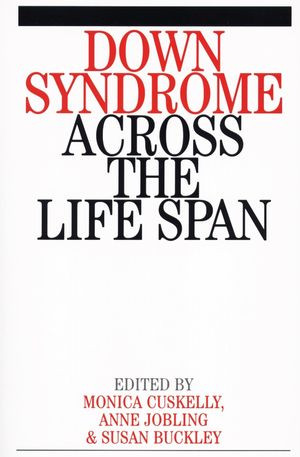

Most ebook files are in PDF format, so you can easily read them using various software such as Foxit Reader or directly on the Google Chrome browser.
Some ebook files are released by publishers in other formats such as .awz, .mobi, .epub, .fb2, etc. You may need to install specific software to read these formats on mobile/PC, such as Calibre.
Please read the tutorial at this link: https://ebookbell.com/faq
We offer FREE conversion to the popular formats you request; however, this may take some time. Therefore, right after payment, please email us, and we will try to provide the service as quickly as possible.
For some exceptional file formats or broken links (if any), please refrain from opening any disputes. Instead, email us first, and we will try to assist within a maximum of 6 hours.
EbookBell Team

4.0
16 reviews The aim of this book is to bring the latest information on research and good practice to families, practitioners and policy makers in order improve the services available to individuals with Down syndrome in all countries.Content:
Chapter 1 Beyond the Myths: Representing People with Down Syndrome (pages 2–15): Jan Gothard
Chapter 2 Learning in Young Children with Down Syndrome: Public Perceptions, Empirical Evidence (pages 18–27): Jennifer G Wishart
Chapter 3 Self?Regulation in Children and Young People with Down Syndrome (pages 28–39): Sheila Glenn and Cliff Cunningham
Chapter 4 What Matters Most? A Reflection on a Quarter Century of Early Childhood Intervention (pages 41–53): Robin Treloar and Susan Cairns
Chapter 5 Making Inclusion Work: Improving Educational Outcomes for Students with Down Syndrome in the Regular Classroom (pages 54–63): Loretta R. Glorcelli
Chapter 6 Cognitive Development and Education: Perspectives on Down Syndrome from a Twenty?Year Research Programme (pages 66–80): Sue Buckley and Gillian Bird
Chapter 7 Broadening Approaches to Literacy Education for Young Adults with Down Syndrome (pages 81–92): Christina E. van Kraayenoord, Karen B. Moni, Anne Lobling and Kim Ziebarth
Chapter 8 Numeracy and Money Management Skills in Young Adults with Down Syndrome (pages 93–106): Sandra Bochner, Lynne Outhred, Moira Pieterse and Laaya Bashash
Chapter 9 Life Styles of Adults with Down Syndrome Living at Home (pages 109–120): Anne Jobling and Monica Cuskelly
Chapter 10 Some Studies Involving Individuals with Down Syndrome and their Relevance to a Quality of Life Model (pages 121–138): Verity Bottroff, Roy Brown, Eddie Bullitis, Vicky Duffield, John Grantley, Margaret Kyrkou and Judy Thornley
Chapter 11 From Autonomy to Work Placement (pages 139–146): Anna Contardi
Chapter 12 An Appreciative Inquiry about Adults with Down Syndrome (pages 149–158): Susanne Muirhead
Chapter 13 Multiple Perspectives of Family Life (pages 159–173): Monica Cuskelly, Anne Jobling, David Chant, Anna Bower and Alan Hayes
Chapter 14 Verbal?Motor Behaviour in Persons with Down Syndrome (pages 175–193): Brian K. V. Maraj, Shannon D. Robertson, Timothy N. Welsh, Daniel J. Weeks, Romeo Chua, Matthew Heath, Eric A. Roy, Dominic A. Simon, Harold Weinberg and Digby Elliott
Chapter 15 Creating Positive Lifestyles for People with Down Syndrome in Developing Countries (pages 195–209): Roy McConkey